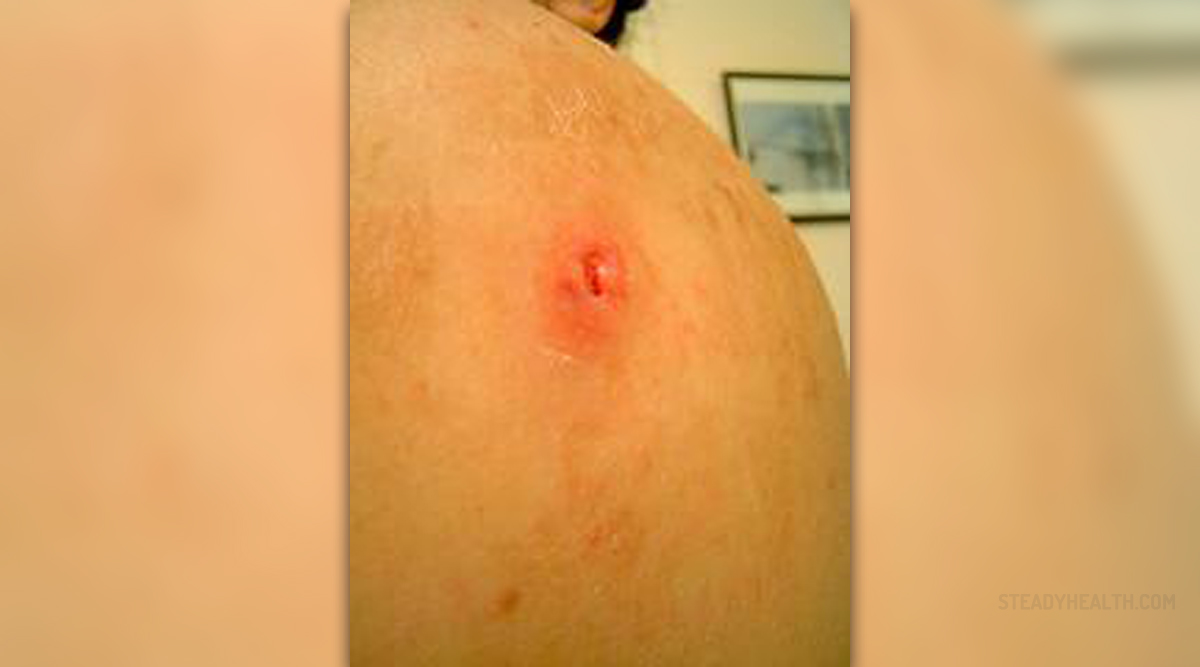
Surgical site infections still affect millions of hospitalized patients everywhere around the world. It is a relatively unknown fact that these types of infections are associated with increased morbidity and even mortality.
Medical Care
All sorts of wound infections have always been treated with several types of antibiotics. The first use of antibiotics involved the ones which fit into the category of prophylactics. They are still the first choice for all cases of contaminated and clean contaminated wounds. Dirty wounds also involve the use of antibiotics because the infection is at that moment already established. Prophylactic antibiotics are accompanied by prosthetic devices which need to be inserted. If a person suffers from a high NNIS risk index, the consequences of the infection are severe or any high risk is associated with the procedure, the preventive method of treatment with antibiotics needs to be used. The antibiotics need to be administered prior to the surgery, before anesthesia gets induced. Prophylactic antibiotics are highly beneficial because they do not disturb the intrinsic body flora, they penetrate the tissue to reach the involved wound, fight off all the bacterial microorganisms and they are very cost effective. It is very important to time the administration of the antibiotics properly. They are commonly administered intravenously, 30 minutes before the incision occurs. Some cases may involve bowel clearance with antimicrobial agents and enemas. The aforementioned NNIS risk index involves elements such as operations lasting longer than usual, operations which involve contaminated or dirty-infected wounds and the preoperative patient physical status.
Preoperative patient preparation
All infections remote from the surgical site need to be treated first. Hair at the surgical site needs to be removed with electric clippers right before the operation. Category IA and IB criteria are obligatory. Blood glucose levels need to be optimized. Some cases involve the use of certain necessary blood products.
Preoperative considerations for surgical team members
Category IB is used. Fingernails need to be as short as possible. Hands and forearms need to be scrubbed with an antiseptic. They are to be dried with a sterile towel before putting on sterile gown and gloves. The facial hair and all hair on the head must be covered by a cap or hood. Masks which cover the nose and the mouth need to be worn in the operating suite throughout the entire surgical procedure. The shoes of the team members do not have to be covered.


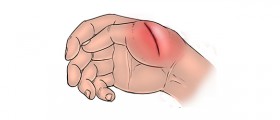

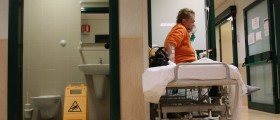
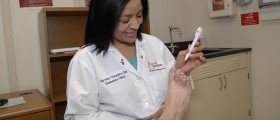
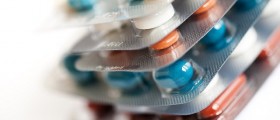
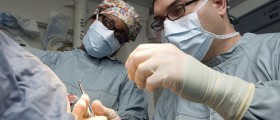








Your thoughts on this
Loading...